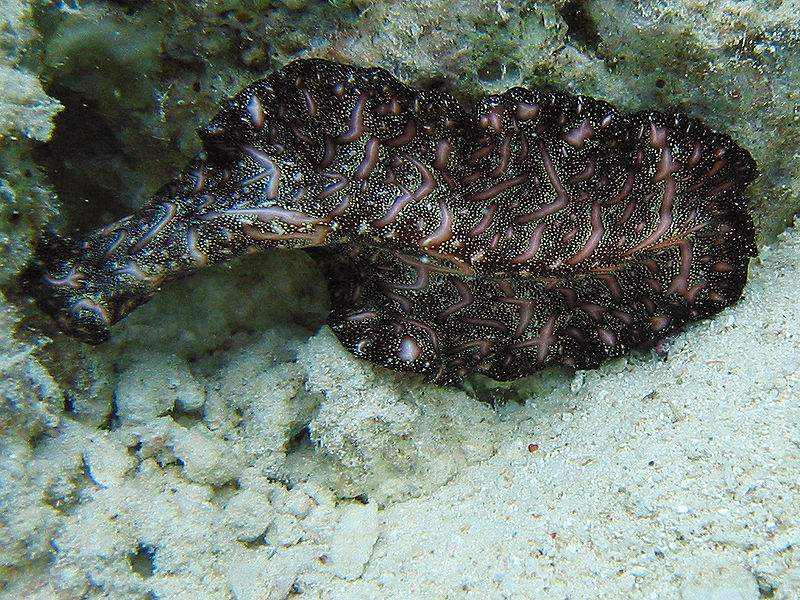
Category: Invertebrates

The structure of flatworms (flat) reflects their physiology – they have no body cavity other than a gut in most cases and rely on diffusion for respiration. Traditional zoology texts have divided this phylum into Turbellaria (Planarians) and three parasitic groups: Cestoda (tapeworms), Trematoda (flukes), and Monogenea (fish parasites), though scientific articles may present a more phylogenetically nuanced picture. For example, recent molecular research suggests that Turbellarians may have arisen polyphyletically (from two independent groups from different ancestral groups). Parasitic flatworms are a significant public health concern worldwide but are sometimes employed for beneficial purposes, such as controlling mosquito and invasive snail populations.
https://en.wikipedia.org/wiki/Flatworm
http://www.ucmp.berkeley.edu/platyhelminthes/platyhelminthes.html

The world’s first Animals
Invertebrates were the first animals to evolve. While their soft bodies left precious few records behind, there are fossils of sponge-like animals that are 665 million years old, as well as traces of tracks and burros from worm-like animals going back 1 billion years. By comparison, the earliest birds appeared only 150 million years ago! And not only were invertebrates first, they are the most plentiful of animals - it is estimated that 97% of all animals living on the Earth today are invertebrates, with several groups containing more species than all vertebrates combined!
Learn more >>
 Discover Animals is a web-based educational resource offered by the NAIA
Discover Animals is a web-based educational resource offered by the NAIA